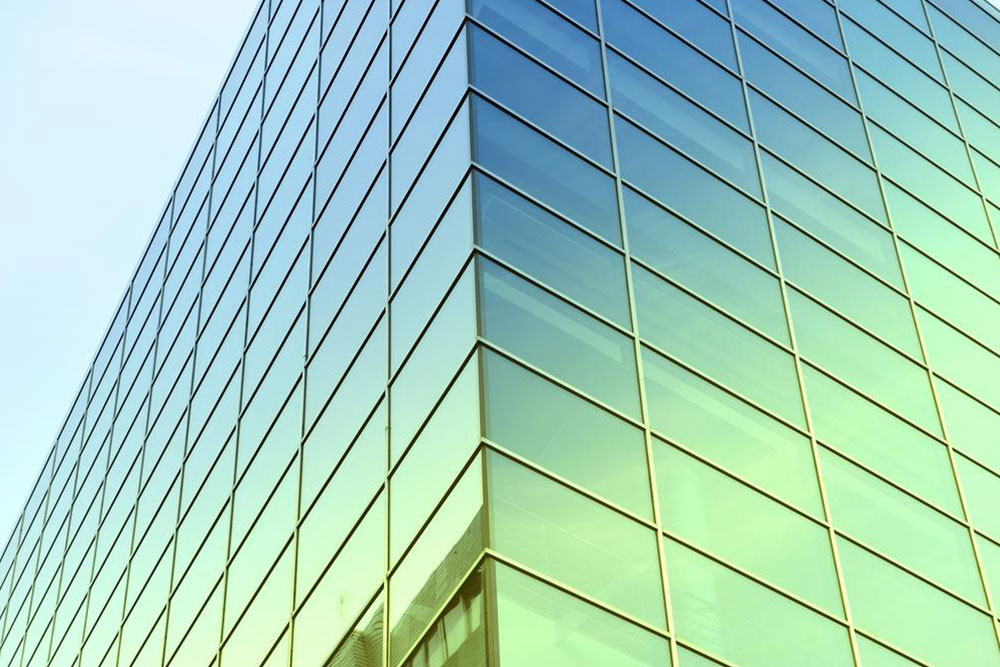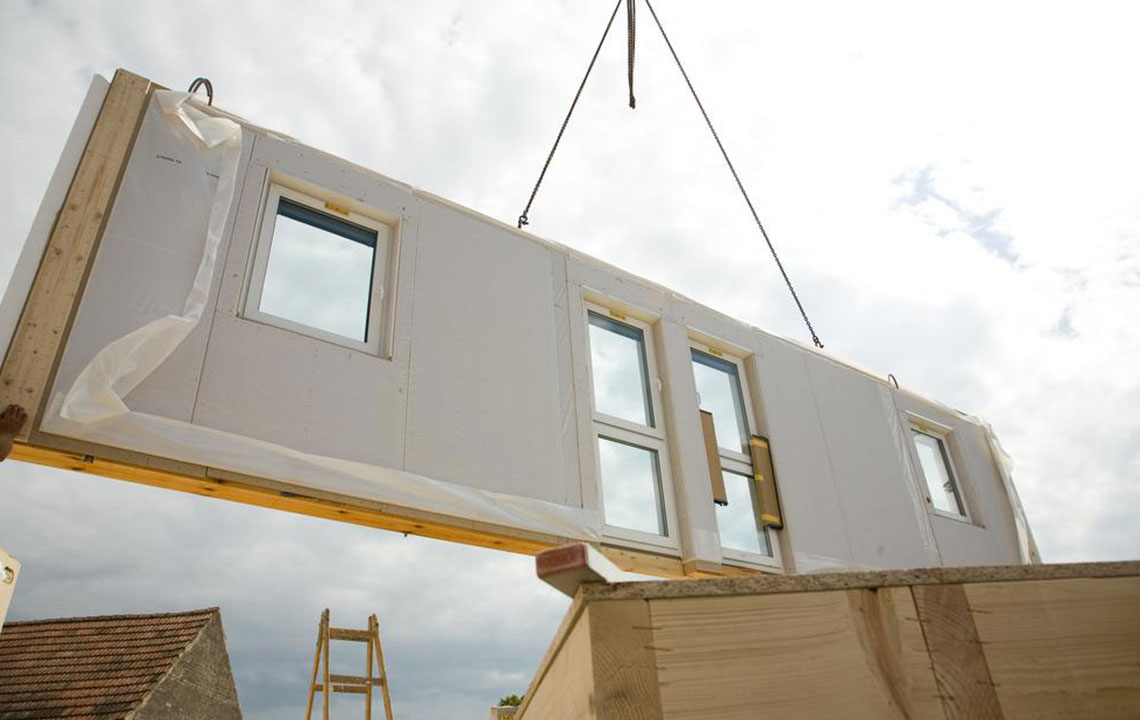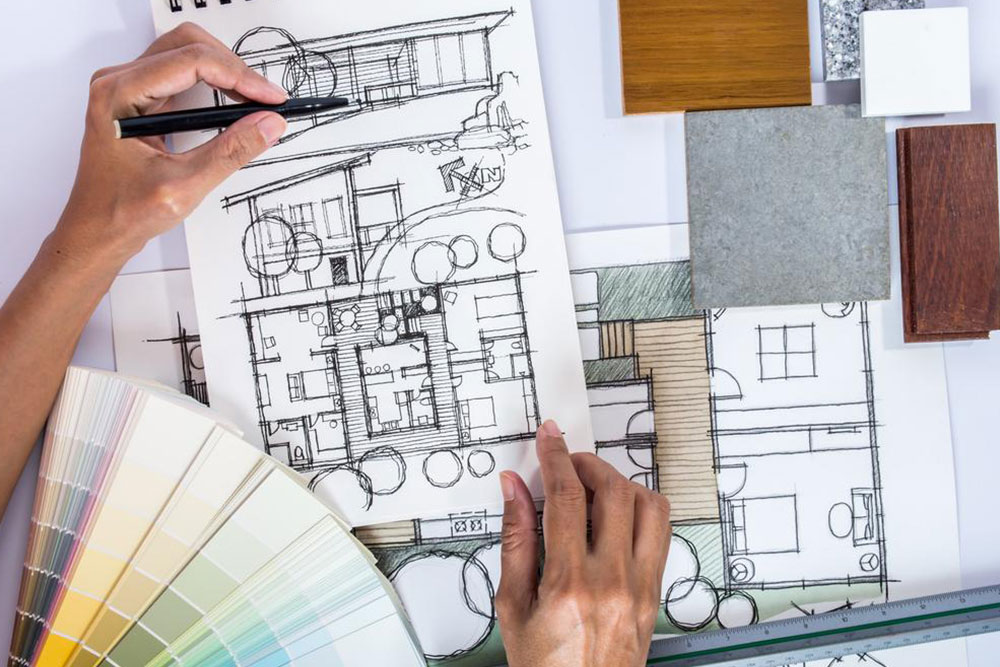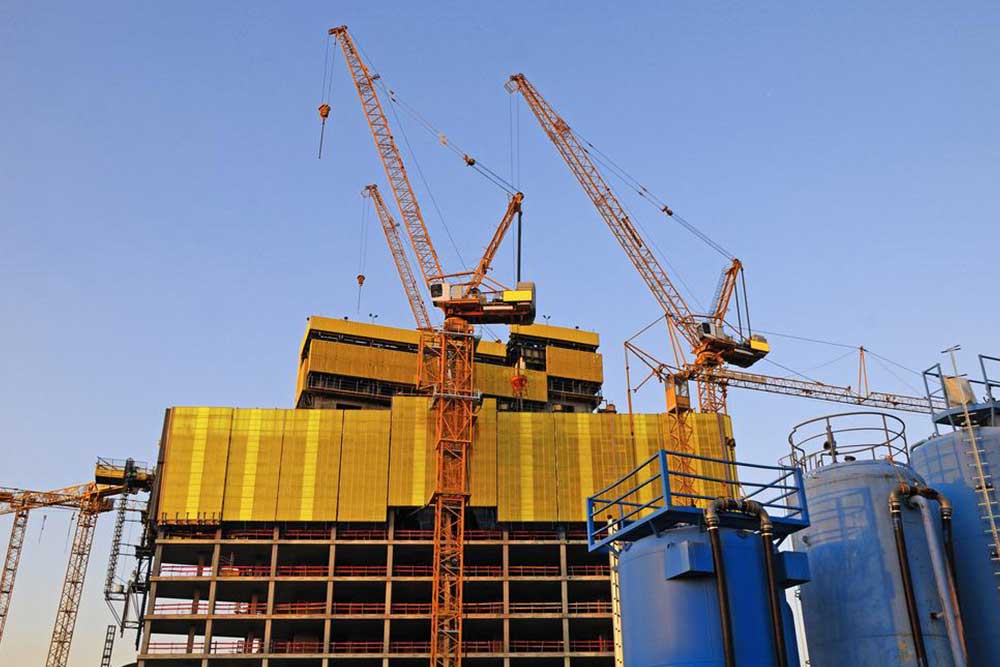Comprehensive Benefits of Prefabricated Steel Structures in Modern Construction
Prefab steel structures offer an array of benefits including unparalleled strength, customizable designs, eco-friendliness, cost savings, and quick assembly. Their resilience against environmental hazards and sustainability features make them ideal for diverse construction projects, from industrial warehouses to residential homes. This article explores in depth the advantages of choosing prefab steel structures, highlighting how they transform modern building practices for better durability, efficiency, and environmental responsibility.

Top 4 Advantages of Using Prefab Steel Structures
Prefabricated steel structures have revolutionized the construction industry by offering innovative solutions that combine speed, strength, and sustainability. These buildings are manufactured through a process where individual components are precisely fabricated in a factory setting before being transported to the construction site for quick assembly. This method not only streamlines the construction process but also enhances cost-effectiveness, durability, and environmental sustainability. As the demand for efficient building solutions increases, understanding the myriad benefits of prefab steel structures becomes essential for architects, developers, and property owners seeking reliable and versatile building options.
Compared to traditional construction methods, building a typical commercial steel structure generally costs around $20 per square foot, making it an attractive proposition for a wide range of projects. Moreover, steel structures are renowned for their longevity, often outlasting many other types of buildings with minimal maintenance. Whether used for industrial warehouses, commercial retail outlets, community halls, or residential developments, prefab steel buildings are gaining popularity worldwide due to their impressive advantages. Let’s explore in detail the top advantages that make prefab steel structures the preferred choice in modern construction projects.
Strength and Durability
Steel is one of the most robust construction materials available today, offering excellent resilience against various environmental challenges. Prefab steel structures are engineered to withstand extreme weather conditions such as hurricanes, heavy snowfall, high winds, and earthquake tremors. This high level of strength ensures the safety and security of occupants while preserving the structural integrity over many decades.
In addition to their weather resistance, these structures are also immune to common issues that plague traditional buildings, such as pest infestations, rotting wood, cracking, and warping. Steel does not degrade over time when properly coated, and advanced protective layers prevent rust and corrosion, significantly extending the lifespan of the building. Fire resistance is another key advantage; steel's non-combustible properties help contain fires and reduce damage, contributing to overall safety and insurance benefits.
Customizable and Aesthetic Design Options
Modern prefabricated steel structures are highly adaptable, allowing for a broad spectrum of applications—from large warehouses and manufacturing plants to stylish retail outlets and contemporary residential homes. Thanks to precision fabrication technologies, individual components are manufactured off-site, enabling rapid assembly and minimizing construction delays. This pre-engineering makes it easier to customize dimensions, layouts, and design features to meet specific project requirements.
Furthermore, advances in steel manufacturing now facilitate creative finishes and surface treatments. Steel can be designed to mimic the appearance of traditional materials such as wood, stone, or brick, providing aesthetic versatility without adding unnecessary bulk or weight. Architects can incorporate architectural features like curved panels, skylights, and decorative facades, ensuring that steel buildings blend seamlessly into any environment. This blend of strength and flexibility makes prefab steel structures an ideal choice for modern architectural projects seeking both functionality and visual appeal.
Eco-Friendly and Recyclable Construction Material
Sustainability has become a core consideration in today's construction industry, and prefab steel structures excel in this regard. Steel is inherently 100% recyclable without any loss of quality, meaning that most steel used in construction is repurposed from scrap materials. This reduces the demand for virgin resources and minimizes environmental impact.
Disassembling and recycling steel components at the end of a building’s lifecycle is straightforward, supporting circular economy principles and reducing landfill waste. Additionally, steel structures are produced in factories with controlled environments, leading to reduced waste, emissions, and energy consumption during manufacturing. The insulation systems integrated into steel buildings further enhance energy efficiency by reducing heating and cooling costs, thus lowering the building's overall carbon footprint.
Innovative roof designs and insulation solutions can further optimize environmental performance by minimizing heat transfer and maximizing energy conservation. As a result, prefab steel buildings are aligned with sustainable construction practices, appealing to environmentally conscious developers and organizations committed to green building standards.
Cost Savings and Faster Construction Times
One of the most compelling advantages of prefab steel structures is the significant reduction in construction costs and project timelines. The use of automated manufacturing processes allows for precise engineering and mass production of components, which translates into lower labor costs—up to 60% savings compared to traditional construction. The pre-engineered nature of these buildings means that assembly on-site is quick and straightforward, often taking a fraction of the time required for conventional structures.
Less time on site not only cuts labor expenses but also minimizes disruptions to surrounding areas, making prefab steel an ideal solution for projects with tight schedules or urgent needs. The consistency and quality control inherent in factory fabrication ensure that each component fits perfectly, reducing waste and rework. Additionally, foundation costs are typically lower, further decreasing overall project expenses while maintaining the necessary structural safety and durability standards.
Overall, the efficiency of prefab steel construction translates into faster project completion, cost savings, and the ability to meet tight deadlines without compromising quality. These factors make prefab steel a popular choice among developers, contractors, and project managers aiming for streamlined, budget-friendly construction processes.




